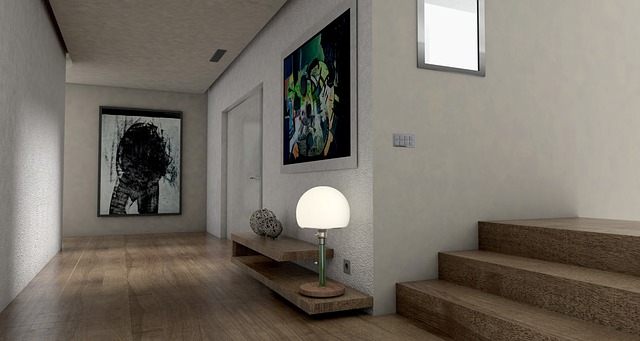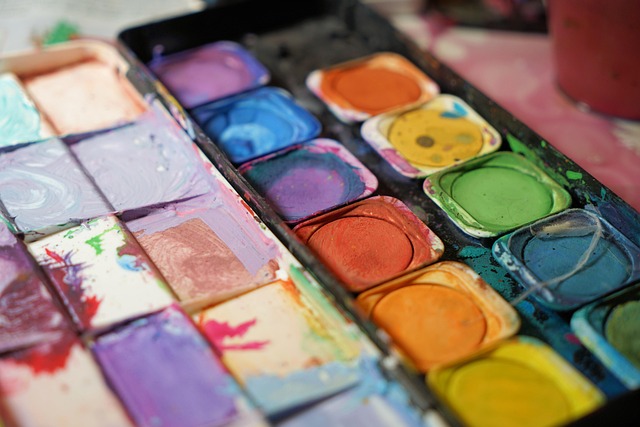Mastering the Art of 3D Animation: A Designer’s Guide
In the dynamic world of 3d animation, the line between art and technology is beautifully blurred. For designers passionate about visual storytelling, this medium offers an unparalleled canvas to bring imagination to life. Whether you are crafting intricate characters or immersive environments, mastering the principles of 3d animation unlocks new dimensions in design that captivate audiences and elevate your creative projects.
The Artistic Heartbeat of 3D Animation
At its core, 3d animation is an art form rooted in creativity and expression. Every frame is meticulously designed to convey movement, emotion, and narrative. As a designer, you’re not just manipulating shapes and textures—you’re sculpting a visual experience that resonates with viewers on an emotional level. This process requires a firm grasp of traditional artistic concepts such as composition, light, and color, alongside a keen sense of timing and motion.
Designing with Depth and Dimension
What sets 3d animation apart in the realm of graphics is its ability to add depth and perspective, transforming flat designs into lifelike, tangible creations. Understanding the spatial relationships between objects and how they interact with light and shadow can dramatically enhance your work.
Effective design in 3d animation isn’t just about technical skill; it’s about envisioning how elements come together holistically. From character anatomy to environmental storytelling, each design choice contributes to a seamless, believable scene that draws the viewer in.
Balancing Creativity and Technical Mastery
Mastering 3d animation demands a healthy balance between artistic intuition and technical proficiency. Familiarity with software tools like Blender, Maya, or Cinema 4D can amplify your ability to experiment and innovate, but never lose sight of the importance of design fundamentals.
The animation process often begins with storyboarding and concept art—stages where your artistic vision is refined. From there, modeling, rigging, and texturing transform those concepts into detailed 3d assets. Finally, animation breathes life into these designs, blending physics and artistry to create fluid, believable motion.
Finding Your Unique Voice in 3D Animation
As you progress, take inspiration from the diverse styles and stories within the 3d animation community. Whether your inclination leans toward hyper-realism, stylized cartoon aesthetics, or experimental abstract forms, 3d animation provides the versatility to express your distinct creative voice.
Remember, every great design begins with exploration and an openness to learning. Embrace challenges as opportunities to refine your craft, and let your passion for both art and technology guide you through the exciting evolution of 3d animation.




